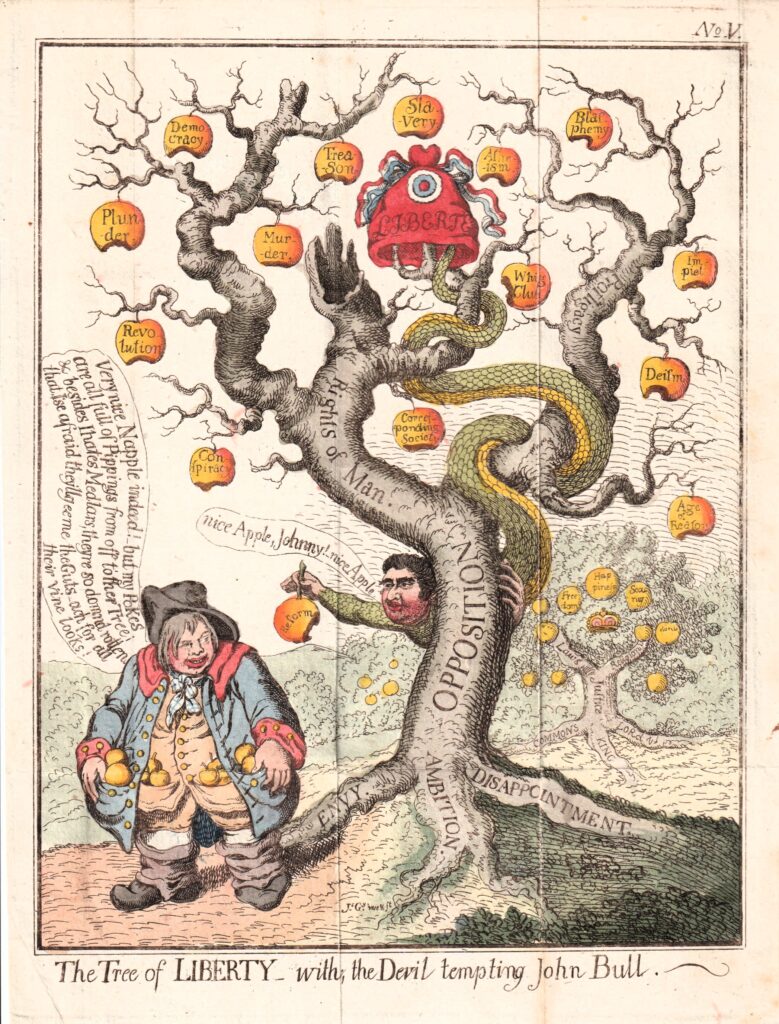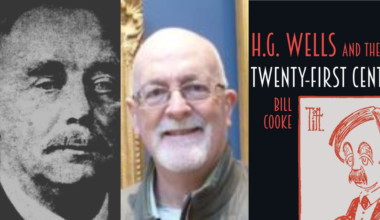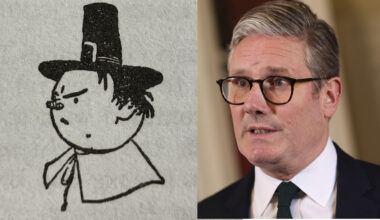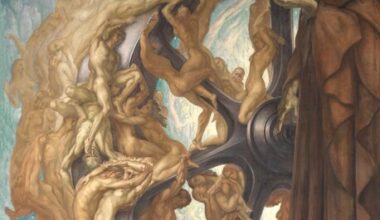
James Gillray’s (1765-1815) hand-coloured etching was originally published by Hannah Humphrey (1745-1818) in 1798. It would have been displayed in the window of Humphrey’s shop at 27 St James’s Street, London—and it would undoubtedly have attracted crowds.
Gillray is generally regarded as the ‘father of the political cartoon’ and this etching is a fine example. He first satirised the King, George III. However, during and after the French Revolution, he took a conservative stand against it and its supporters, the most important of whom was Thomas Paine. This is well-illustrated here. Charles Fox, Whig politician, supporter of the principles of the American and French revolutions, and champion of religious toleration and liberty, is portrayed as the Devil trying unsuccessfully to tempt John Bull. Fox’s ‘Tree of Liberty’ is barren and leafless and its fruit is rotten. The title of two of Thomas Paine’s works, The Age of Reason and Rights of Man, adorn the tree along with the red cap of liberty. ‘Atheism’, ‘deism’,‘blasphemy’, and ‘democracy’ are just some of the dangerous and rotten ideas produced by the tree.
Behind Fox and his tree, by contrast, is a sturdy green English oak, rooted in the ’Commons’, ‘Lords’, and ‘King’ with an upright trunk of ‘justice’, branches of ‘law’ and ‘religion’, and fruits which include ‘freedom’ and ‘happiness’. Then as now, progress is derided as corrupt and defiling, while the status quo is seen to ensure stability and ‘true’ freedom.
Related reading
Books From Bob’s Library #1: Introduction and Thomas Paine’s ‘The Age of Reason’, by Bob Forder
Books from Bob’s Library #2: Thomas Paine’s ‘Rights of Man’, by Bob Forder
The rhythm of Tom Paine’s bones, by Eoin Carter
Image of the week: ‘Wha wants me’, a caricature of Thomas Paine by Isaac Cruikshank (1792), by Daniel James Sharp
Christopher Hitchens and the long afterlife of Thomas Paine, by Daniel James Sharp
Introducing ‘Paine: A Fantastical Visual Biography’, by Polyp, by Paul Fitzgerald









1 comment
But what do you mean by “progress”? You connect the “progress” of 200 years ago to “progress” today. But are all types of progress equally “progressive”?
Your email address will not be published. Comments are subject to our Community Guidelines. Required fields are marked *
Donate